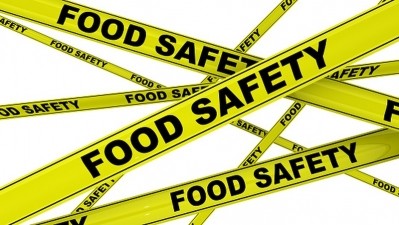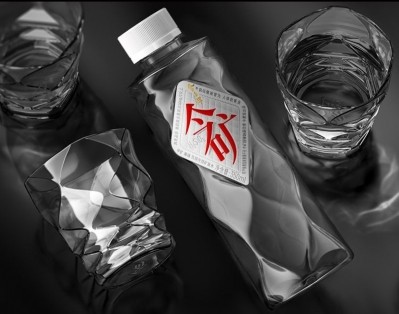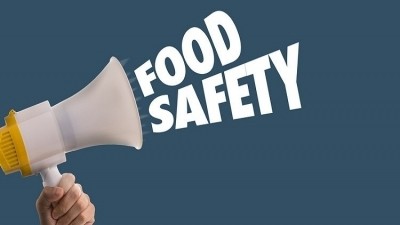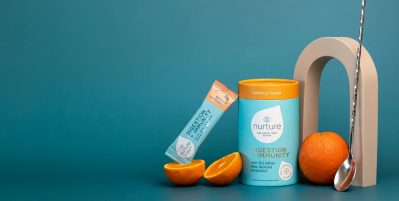Dairy development: Malaysia looks to update four-decade-old milk regulations to prevent food safety and fraud concerns
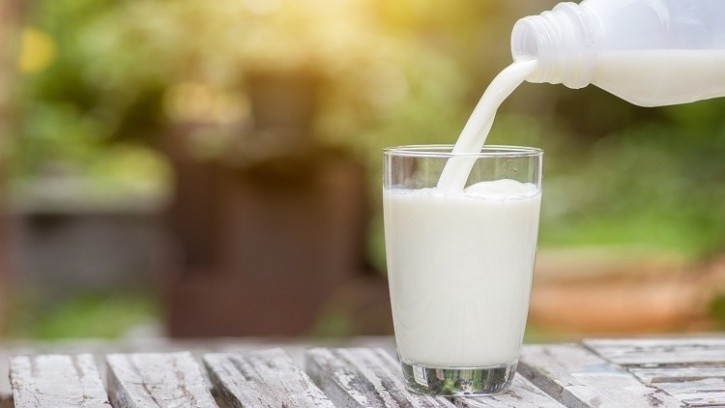
The current statute governing these products is the 1985 Food Regulations, and the scope of milk products that KKM is seeking to improve control include skimmed milk, non-fat milk, pasteurised milk, recombined milk, reconstituted milk and so on.
“KKM is seeking the public’s opinion to update these regulations in order to protect the public from the potential health risks and prevent fraudulent handling of the preparation, sale or usage of these foods and beverages,” KKM said via a formal statement.
“Five regulations/sub-regulations are the subject of this change, which will help to improve the clarity and standardisation of the governance of milk and milk products.”
One of the most important changes to be made will specify that non-infant formula milk products such as skimmed milk, fat-free milk and reconstituted milk must include labels that not only display the name of the contents prominently e.g. ‘skimmed milk’; but must also highlight that it is not meant for infant consumption.
“The wording ‘Not suitable for children below the age of two years old unless under medical advice’ must be printed on the labels of these products,” said KKM.
“Previously it was only stated that ‘babies’ could not have these products, so this will make the advice clearer; and now it is also specified that this working must be printed in no less than 10-point font sizing and also must be bolded.
“To make it even clearer, this wording must form the first line(s) of the label, and not a single change or difference to this wording can be made in this line(s).”
Recombined milk products will also see much more stringent standards applied with this change, most likely to avoid fraudulent products entering the market – the current convention for a milk to be considered ‘recombined’ is for this to be the product of ‘milk constituents mixed with water or milk or both’ with no mention of the relevant compositions required.
“The new changes will require recombinant milk to be made from the combination of milk fats and milk solids, with or without the adding of water, to reach a suitable milk product composition,” said KKM.
“This will then need to undergo either pasteurisation, sterilisation or UHT processing, and may contain salt but not food conditioners (which are currently allowed) – the relevant standards for processing will apply.”
A similar change will apply to reconstituted milk products sold as liquids – unlike recombined milk which involves the milk fats and milk solids, reconstituted milk is made from the rehydration of milk powder.
“Reconstituted milk must be the liquid product that is made from the addition of water to milk in either dried powder form or a thickened form, using the required amount to reconstitute a suitable water to solid ratio,” the ministry said.
“This must also undergo pasteurisation, sterilisation or UHT processing, and may also have salt added but no longer and food consitioners.”
The other two suggested changes are a rewording for the pasteurised milk regulation which does not impact processing or labelling, and specification for malted milk products to ban the use of food conditioners as well as excessive soy lecithin content (more than 0.8%).
Earlier changes to food law
This has been KKM’s second proposed set of changes to the 1985 Food Regulations this year, with a previous draft focusing on nutritional claims and labelling.
One part focused on the components DHA and ARA which are crucial for infant eyesight development, mandating a combination of 17mg DHA and 25mg ARA for every 100kcal of product.
Another part of the regulation focused on labelling, which mandated all nutritional claims that involved amino acid, fatty acid or nucleotide content to reach defined minimum limits.
“The permitted terms for enriched products are ‘enriched’, ‘strengthened’, ‘fortified’, ‘improved’ or words or phrases with a similar meaning – and the use of these requires the content of the related component to reach the minimum limits as specified by local food standards for ‘high content’ of such nutrients,” said KKM.
“Whereas for products claiming to ‘contain’, ‘have added’ or similar amounts of amino acids, fatty acids or nucleotides, these must reach the minimum limit of these components as specified by local food standards for ‘source of’ such nutrients.”
